Our tour guide Daniel says the first time he visited, he almost missed The Colored Girls Museum. Art galleries tend to live in grand plazas of city centres, or tucked into commercial buildings. The Colored Girls Museum is nestled inconspicuously on a residential street in Germantown, a historic neighbourhood in northwest Philadelphia.
The narrow three-storey Victorian townhouse’s garden is so green and lush, it almost hides the sign that announces that it’s more than just a private home, like the neighbouring houses.
We enter, and while we sit in the front room, a young man with a backpack comes in, grins and says hello. He quickly pops into the kitchen before heading outside. Vashti DuBois, the museum’s founder and executive director, explains he is her son. He just got home from college not too long ago. He lives here — and so does his mother for that matter. His room is the Colored Boys Room.
“I’ve lived here for 18 years. I raised my family here,” DuBois explains. It was her childhood family home before she moved in to live with her own children.
DuBois turned her house into the Colored Girls Museum in 2015. It was originally opened as a test exhibit at the Fringe Arts Festival before becoming a permanent art museum dedicated to honouring the ordinary and extraordinary coloured girls through art pieces.
“[There’s an] expectation that the coloured girl just gets up and moves on and I was mad about that.”
The concept grew out of a couple of events. In 2014, DuBois says she experienced a personal tragedy. Around the same time that year, Eric Garner was killed in a police altercation — one of several prominent police deaths that the Black community would contend with that year. Both instances made DuBois think of the expectations placed on Black women and girls during times of suffering.
“[There’s an] expectation that the coloured girl just gets up and moves on and I was mad about that,” she says. The colored girl always has to keep it together, manage the people around her and is not given the space to breakdown and grieve a tragedy, she continues.
“I decided I wanted to create a space to celebrate her,” DuBois says. The Oprahs, the Arethas—they’ll have a museum without question, but DuBois felt the ordinary coloured girl should be lionized as well. So, she partnered with Michael Clemmons, who became the museum’s curator, and Ian Friday, an audio/visual artist, DJ and producer, who serves as the museum’s associate director.
On our tour, DuBois and curatorial assistant Alexandra Bingham take the lead. We start in the living room at the front of the house. Each room has been given a different scent—here it was tobacco. In this section there are mostly framed images, including a portrait series where the artist had women photograph parts of themselves they considered beautiful.
The exhibits and art pieces adorn DuBois’ home and are interwoven into the still functioning home space. Various artists’ work from around the country cycles in and out.
In the kitchen, visitors can open cabinets that reveal the sorts of products Black women have used historically to straighten their hair. Then we head to another room with an installation devoted to Black hair.
Upstairs in the bedrooms you find more eclectic installations. The Colored Boy’s Room in the Colored Girls Museum smells of sandalwood and there is a huge mandala made of regal portraits painted above the neatly made bed, as well as Black Panther figurines in a display box.
“Sometimes you just have to do the thing with what you have.”
There are more bedrooms devoted to girlhood, Blackness and the “search for the coloured girl.” One piece was made with 75,000 silhouettes — the number of women and girls currently missing in the U.S. — highlighting the ways they have been overlooked prior to physically going missing.
Another room is set up as a washing room to honour the work of the Black domestic. In the time following slavery in America, the caregiver field played a vital role as it was often a main source of income for Black families. It’s the one exhibit in the museum that is permanent, while the others are ever-changing.
Taking in the works all while exploring the narrow hallways, creaky stairs and privacy of a lived-in home creates an intimacy and kinship between those of us who are guided through the exhibits, and the colored girl experience we’re witnessing.
Thinking back to when she first started considering the idea, DuBois says she could have looked for investors and a separate space, but then she imagined pitching her idea and exactly what she wanted the place to be. “Probably, nobody would have touched it,” she says.
“And then, I realized I have this place, this home,” DuBois says. “Sometimes you just have to do the thing with what you have.”
Photos © Angelyn Francis for Urbanology Magazine

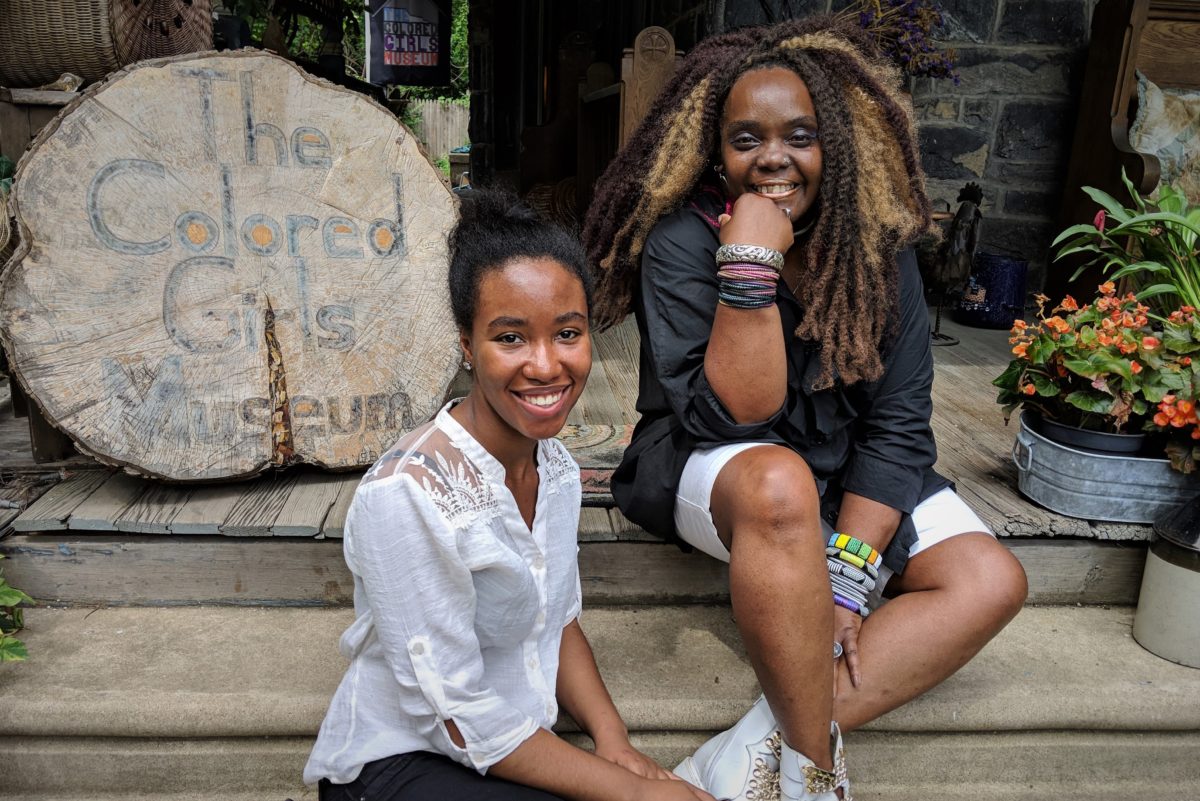
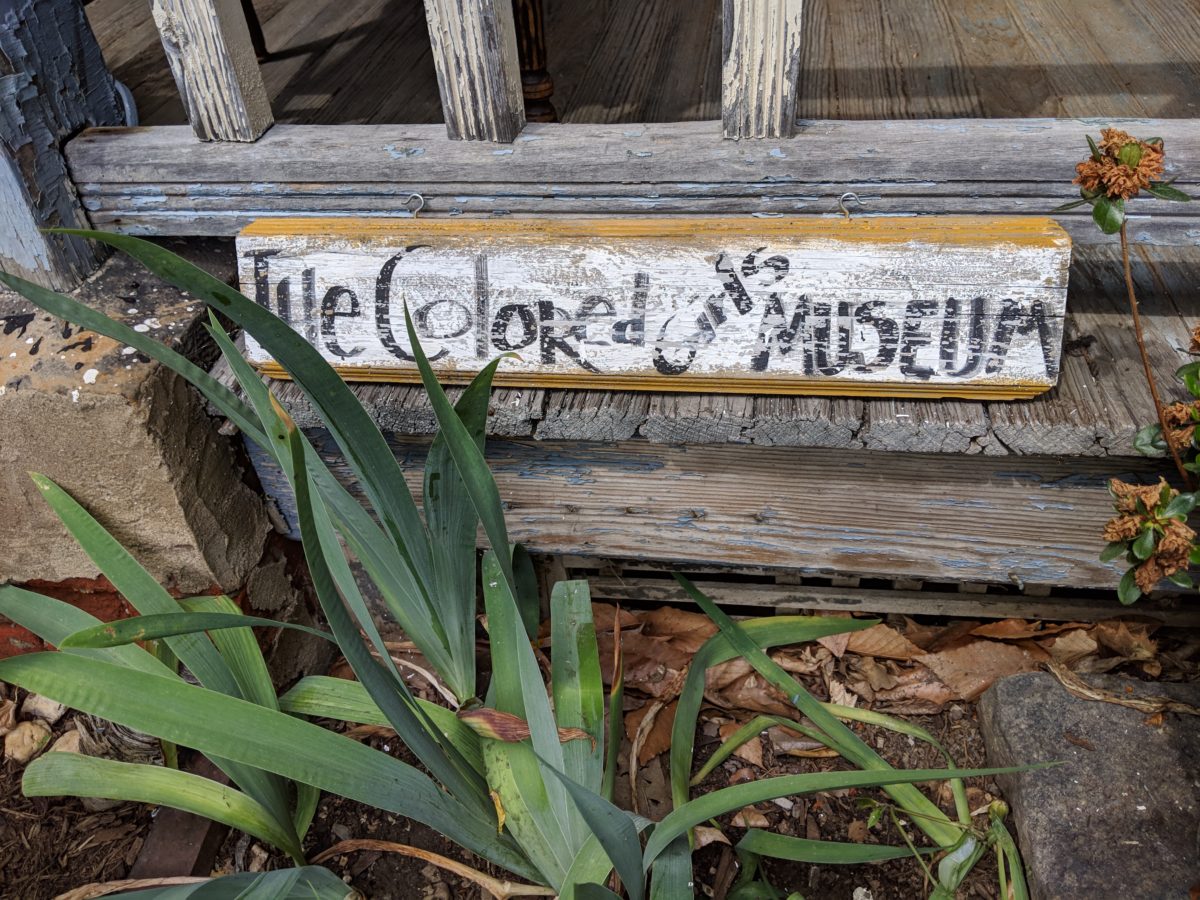
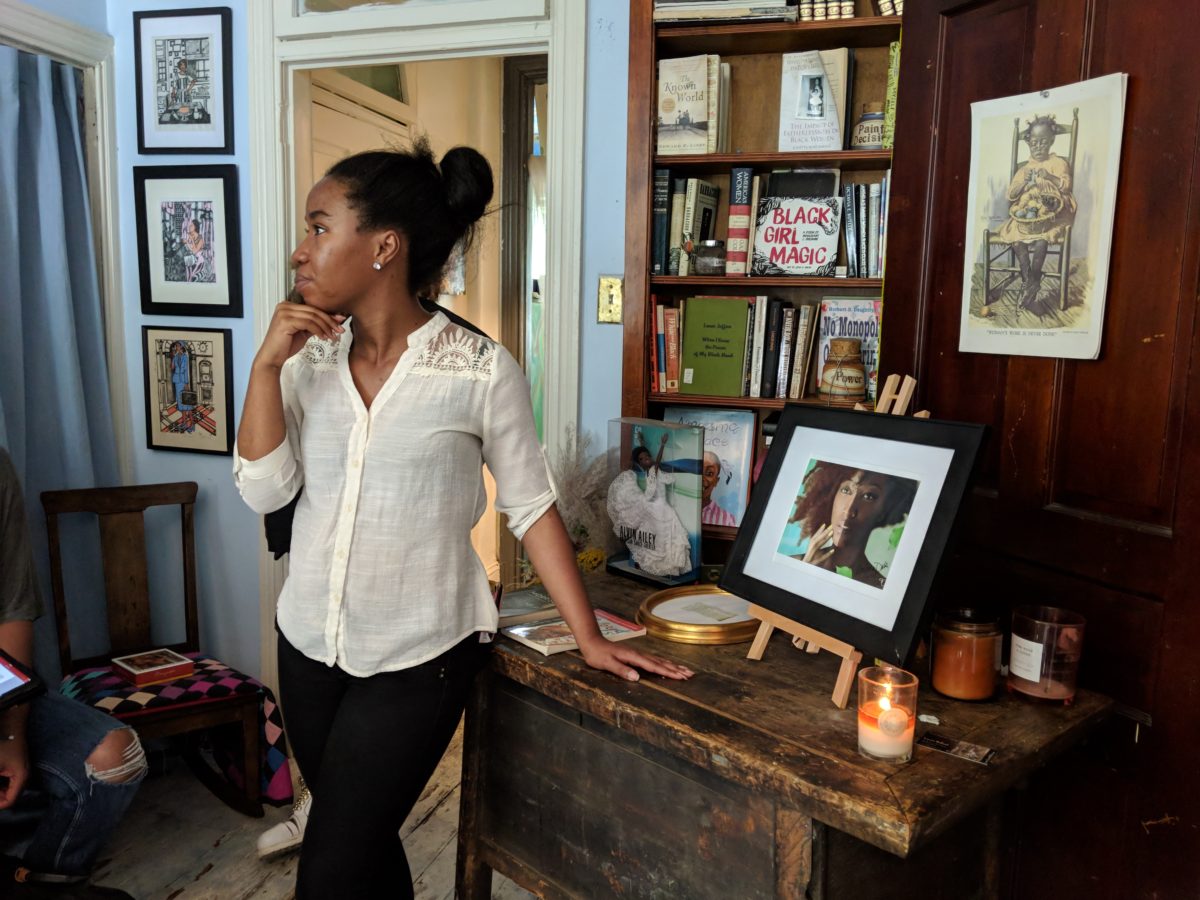
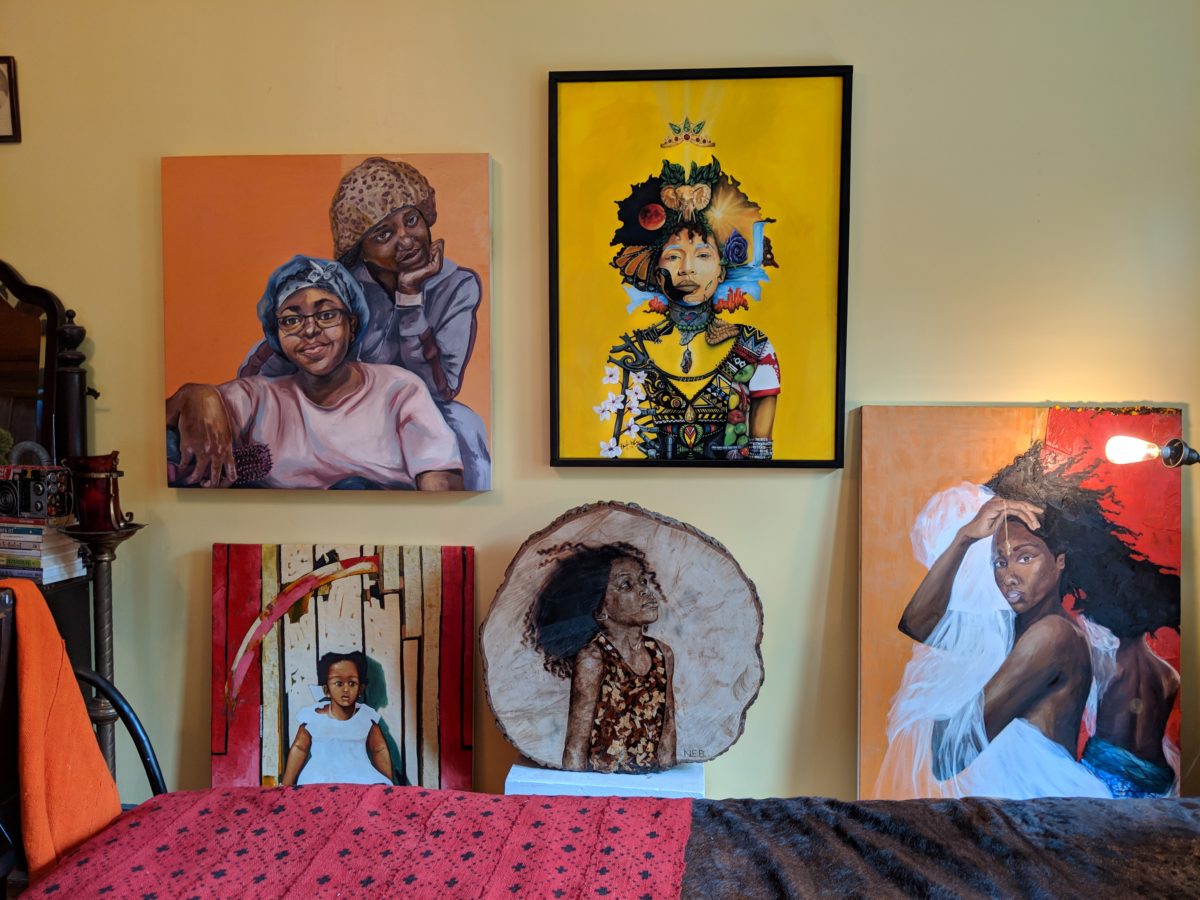
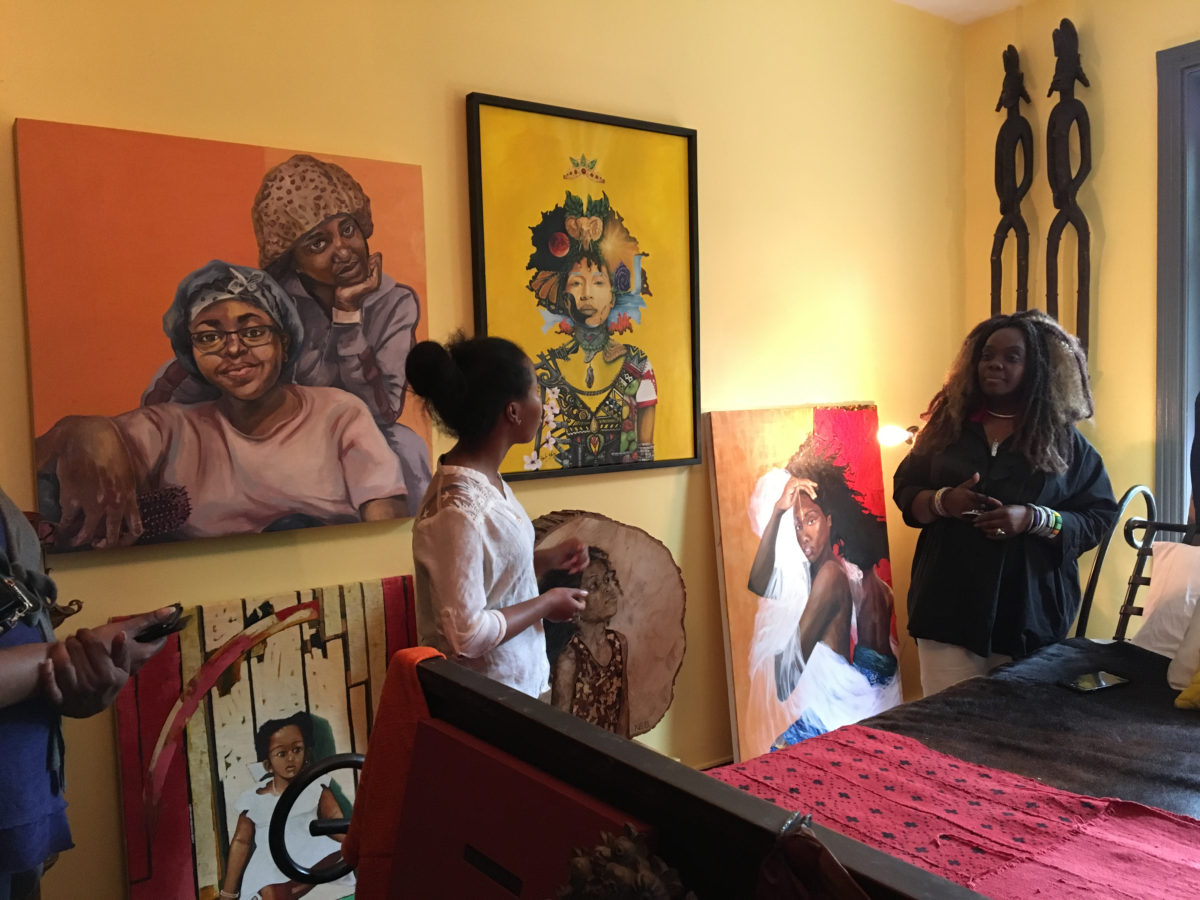
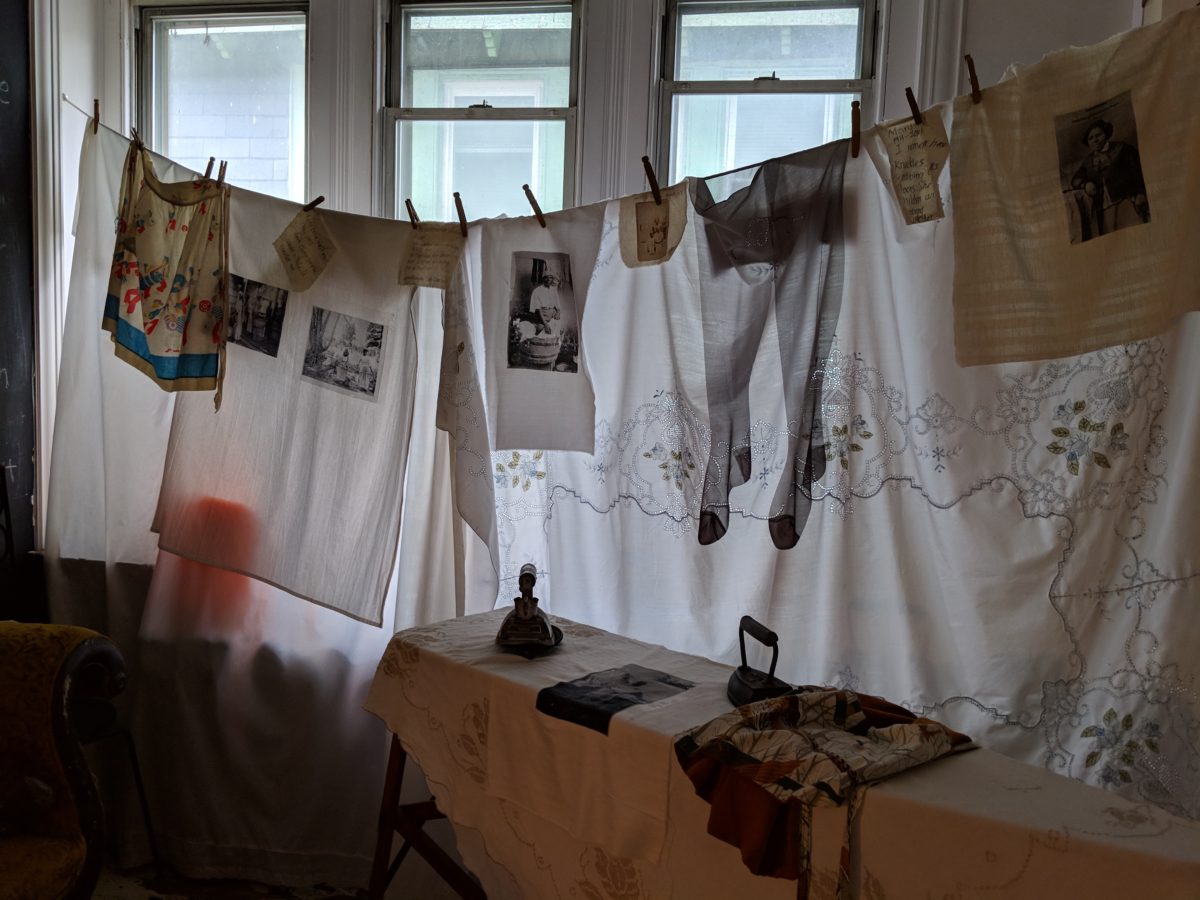
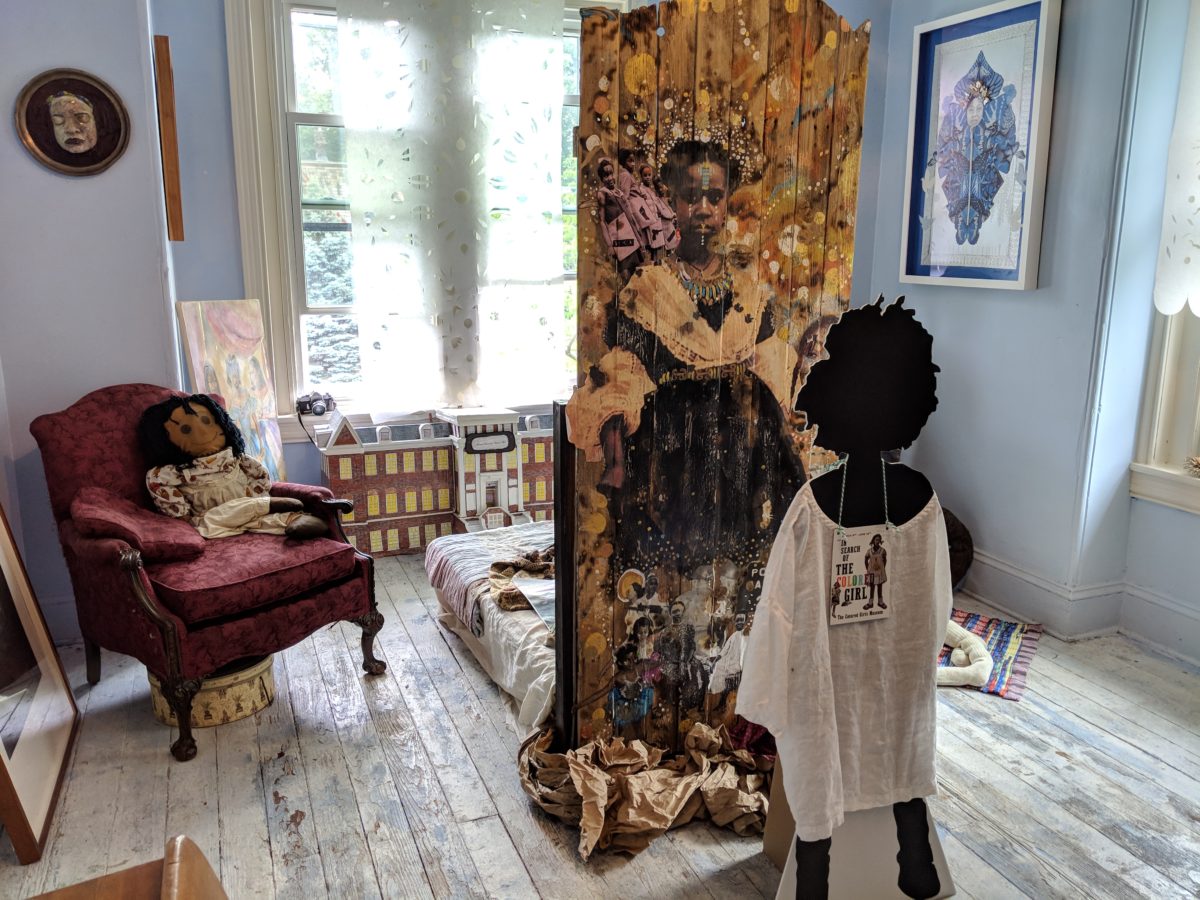
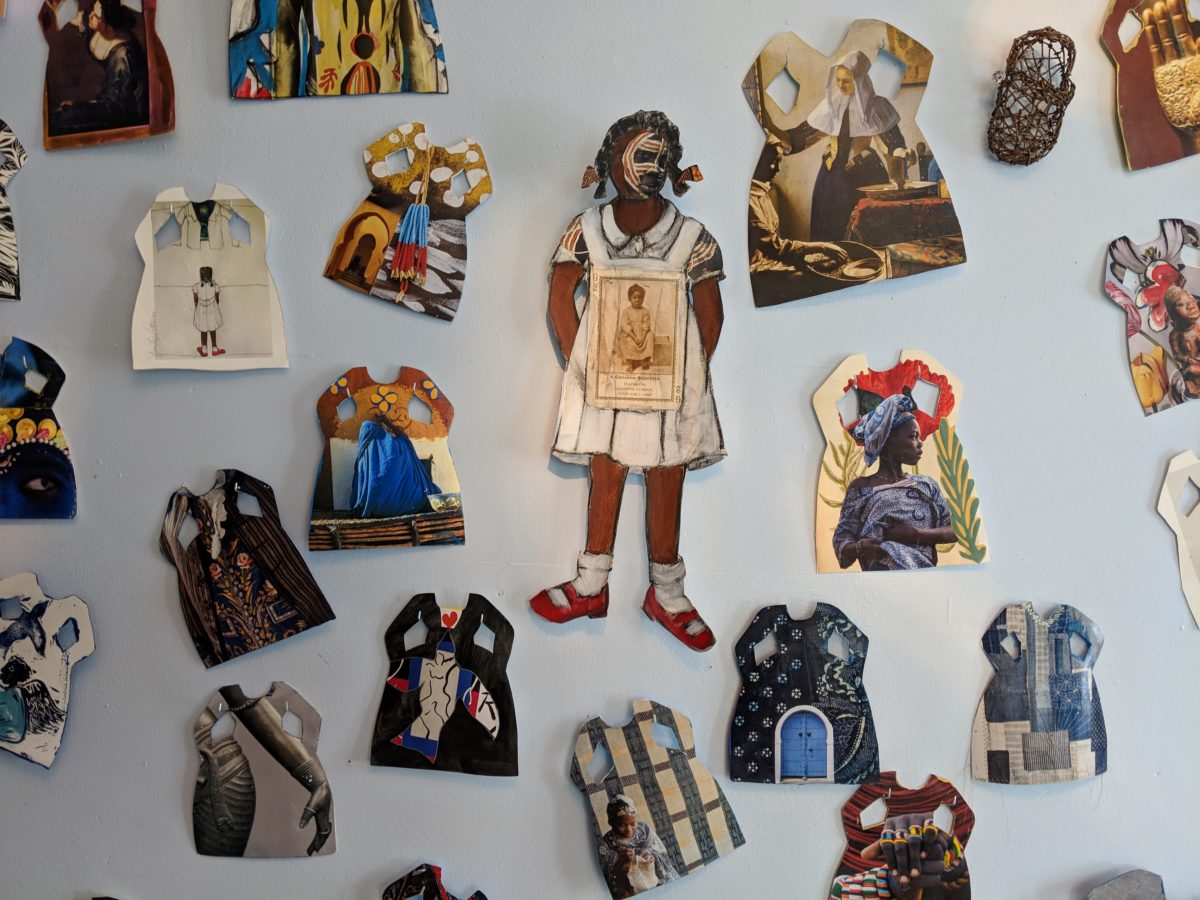
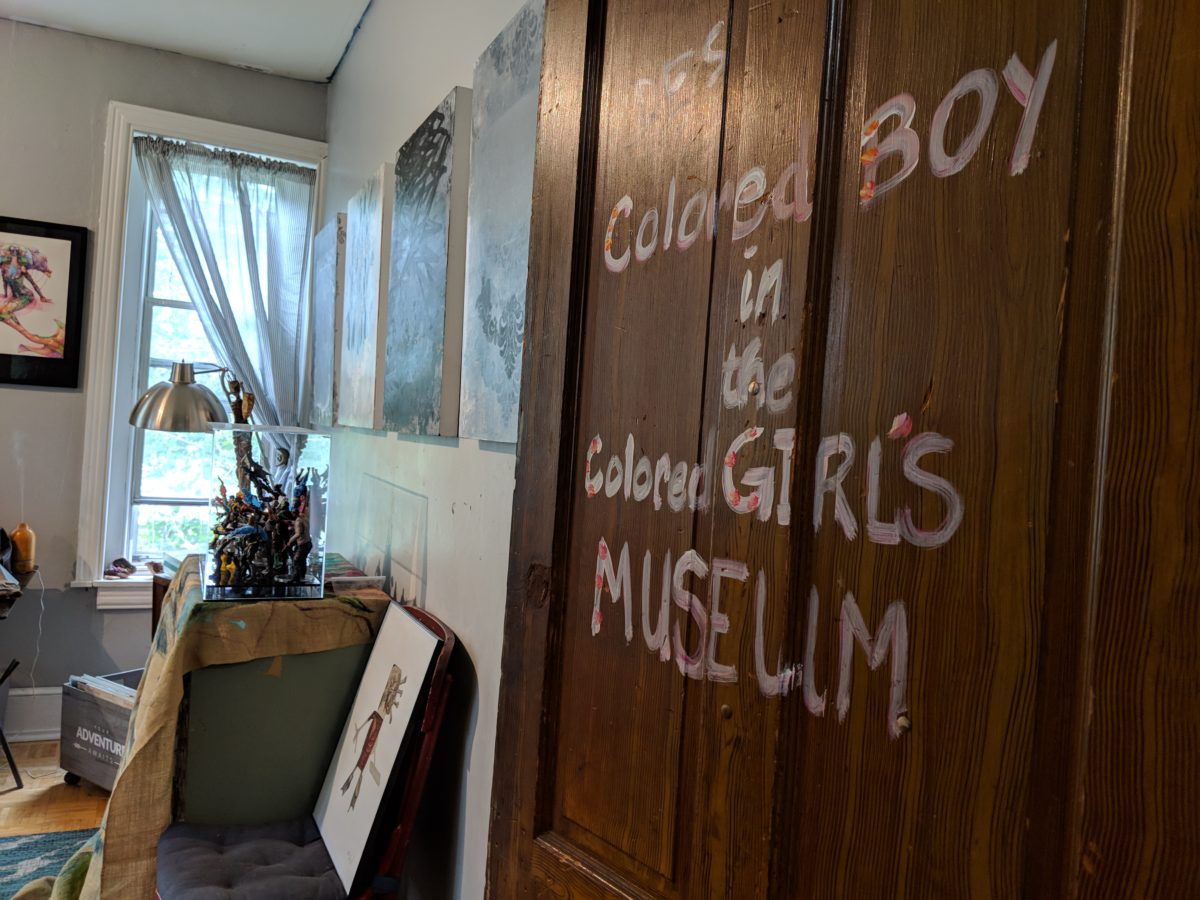
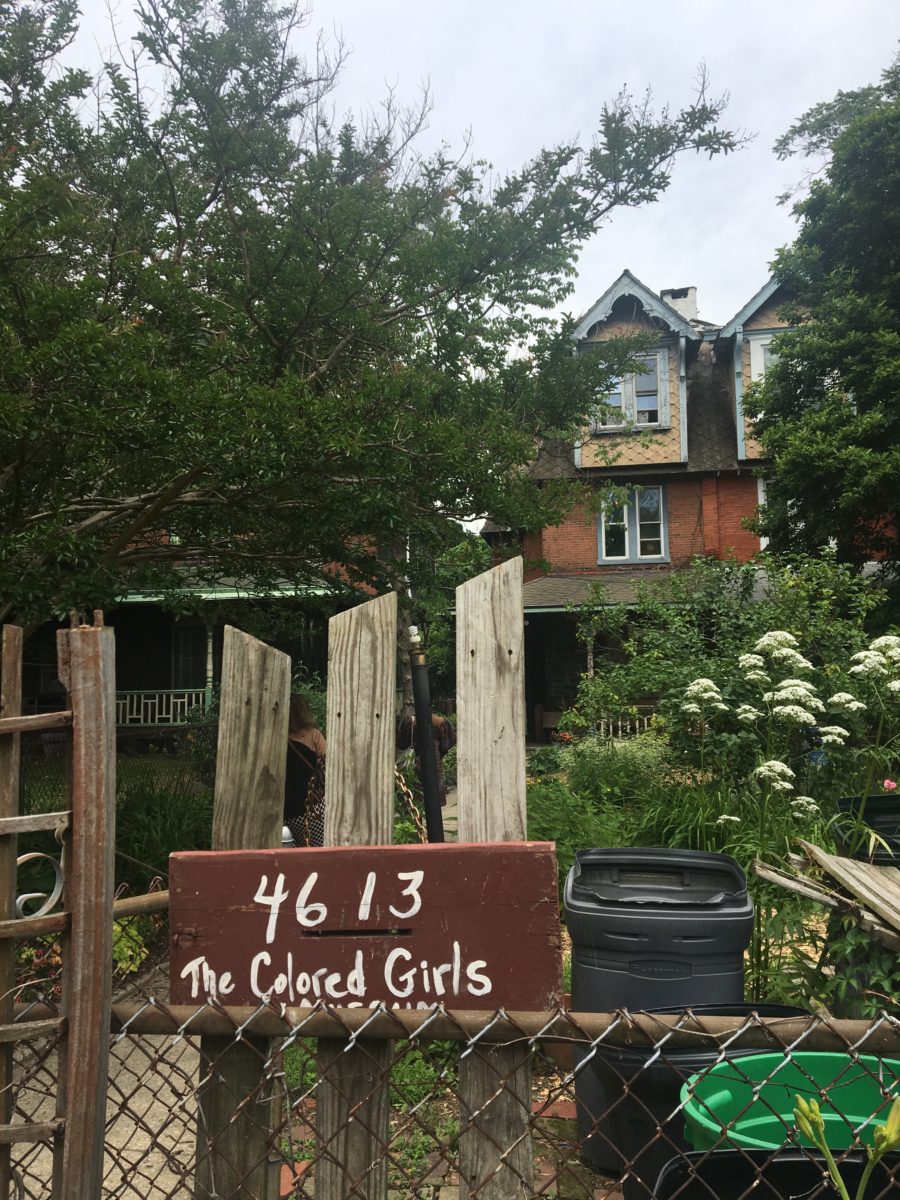
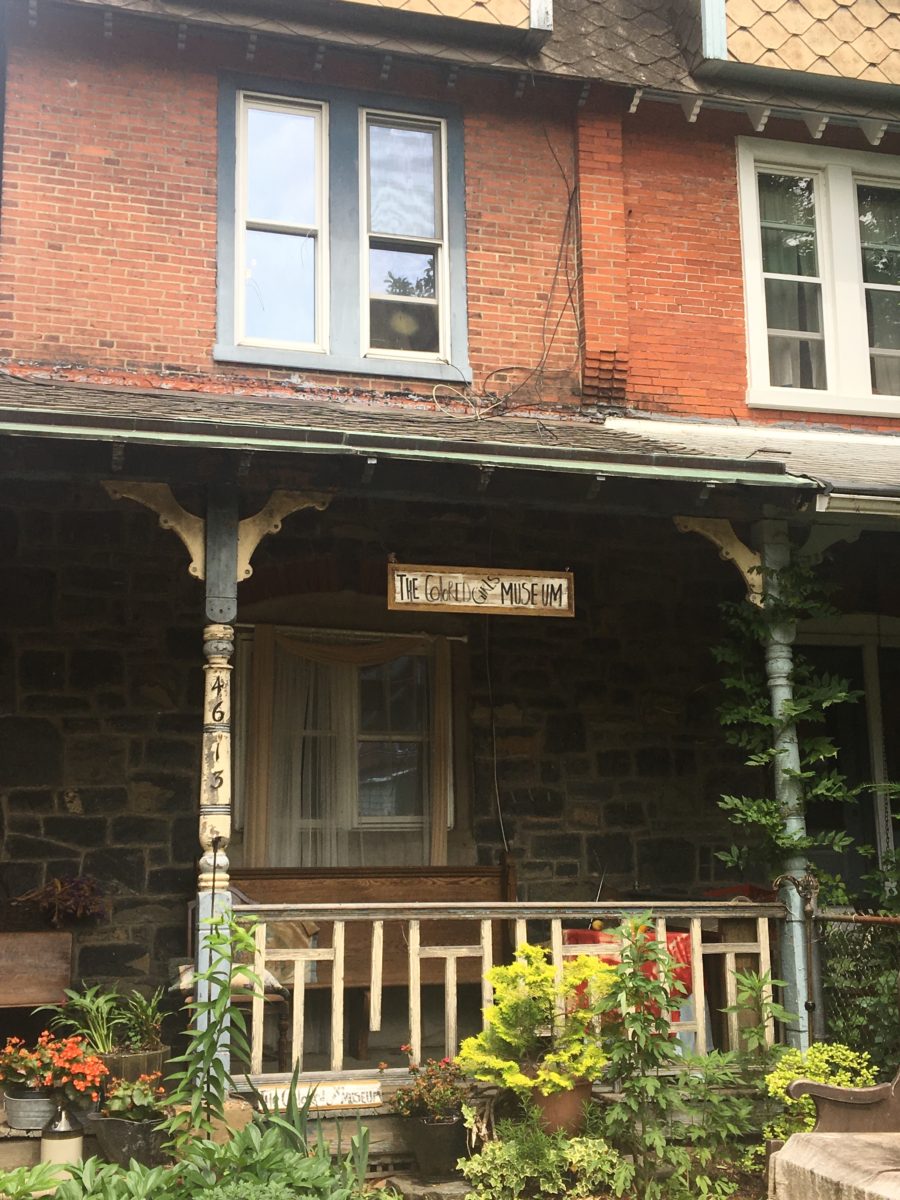
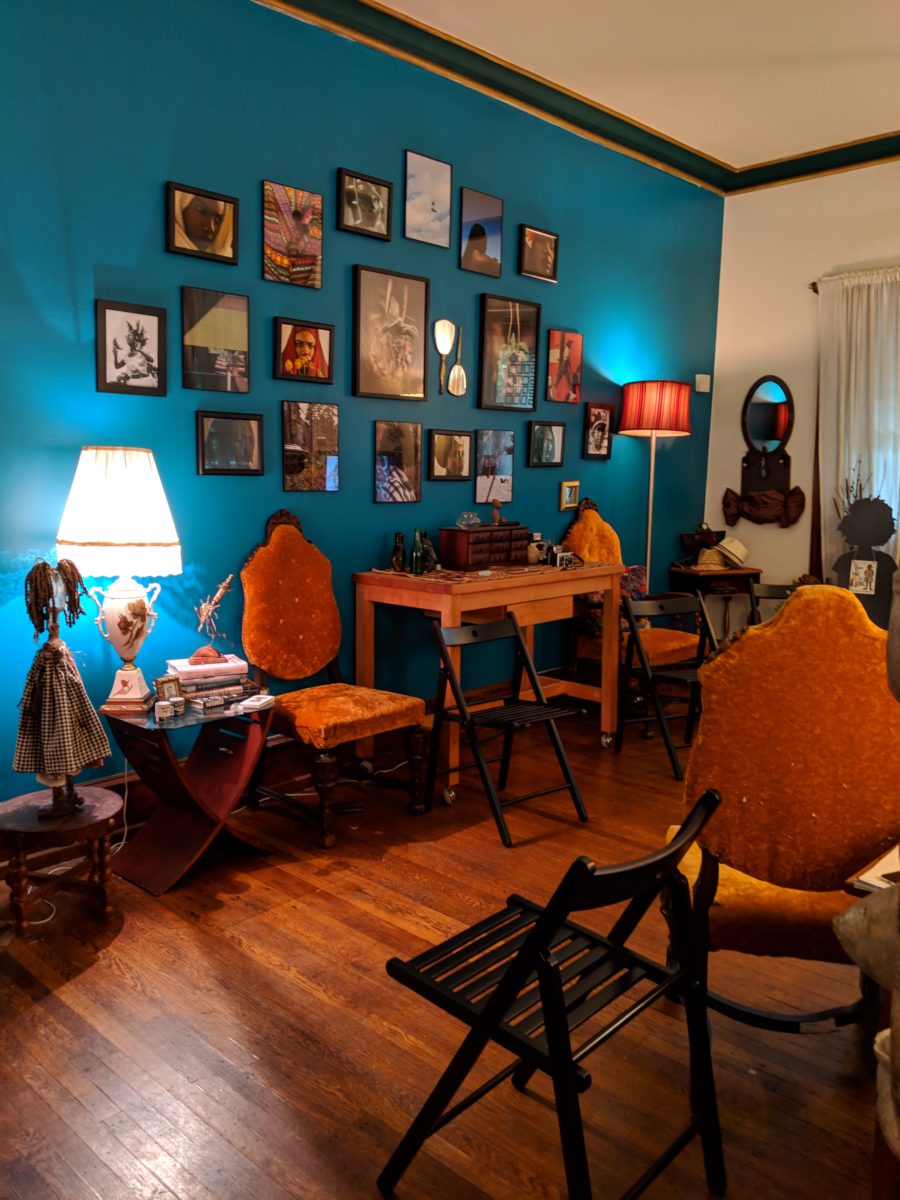
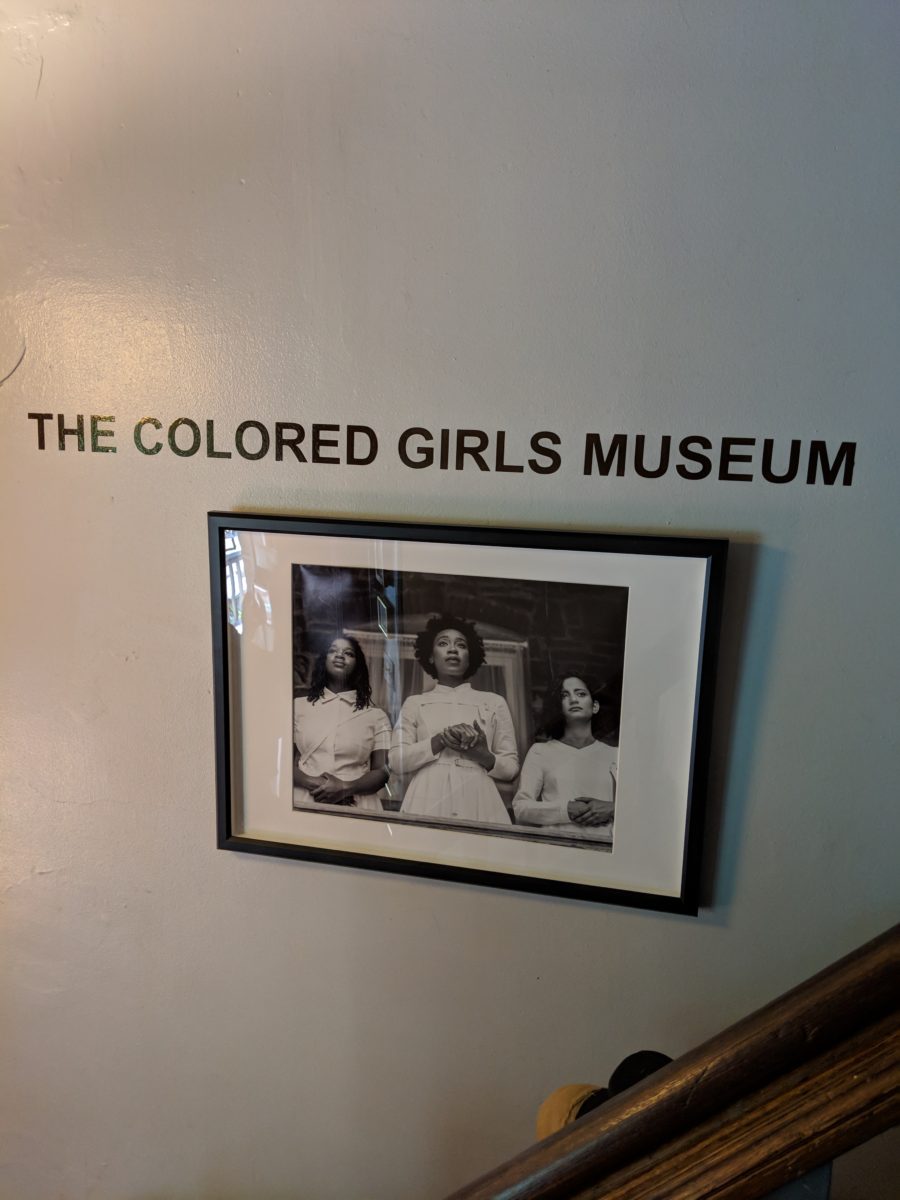
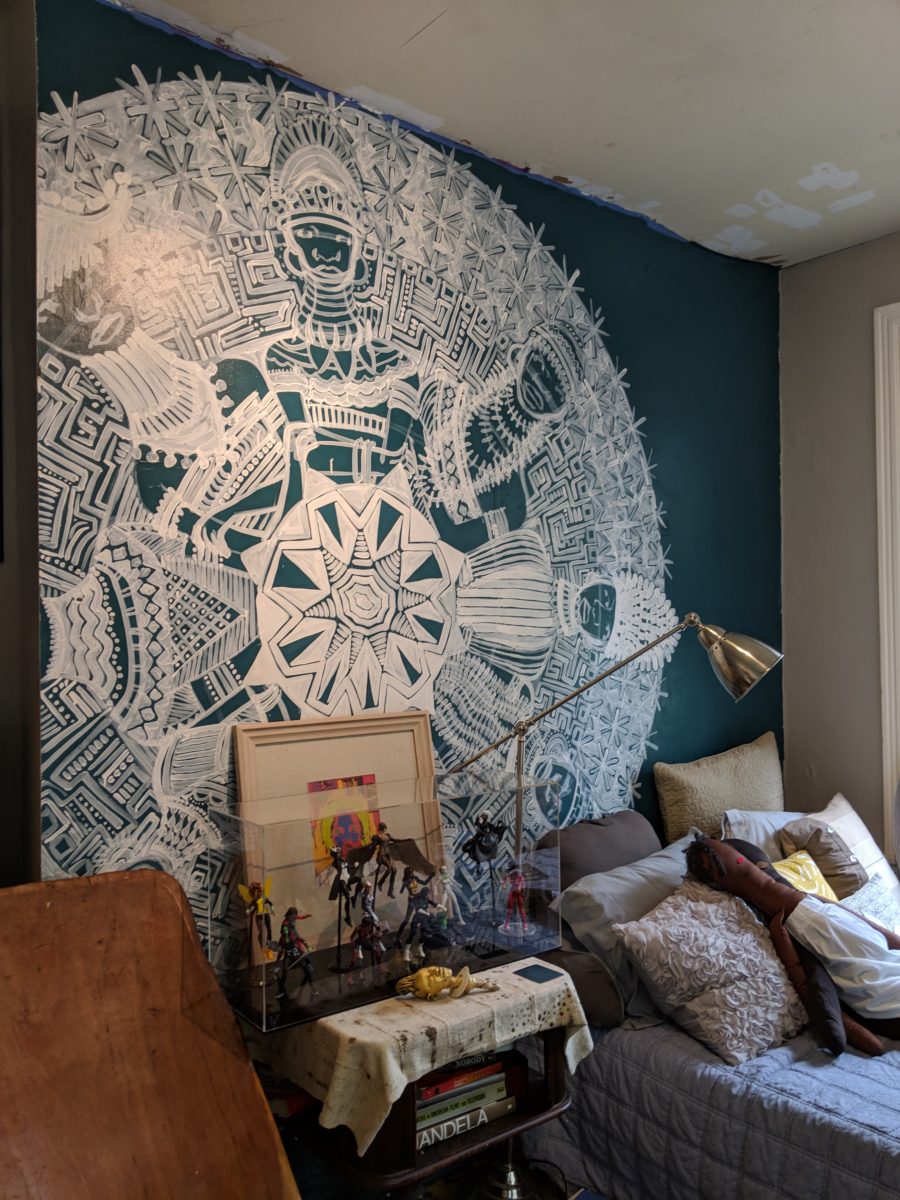
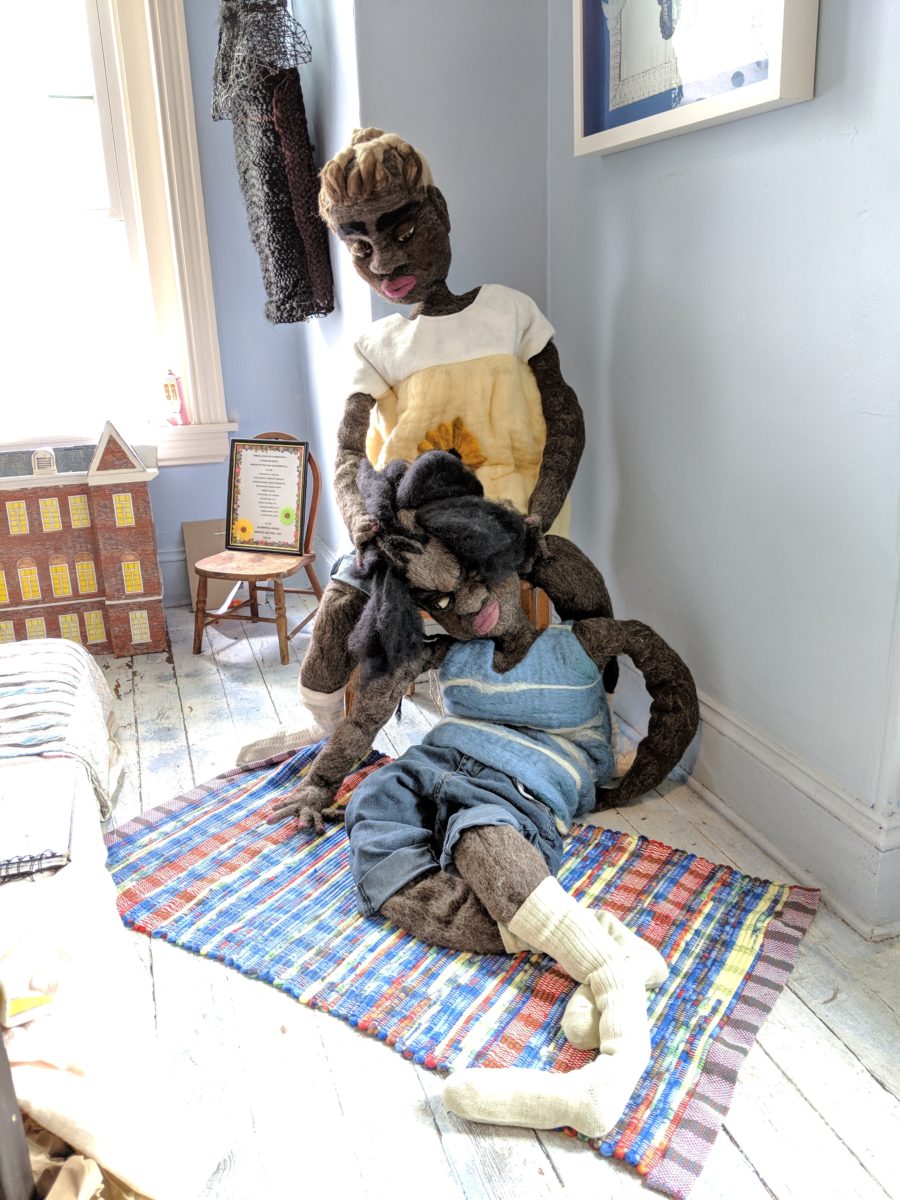
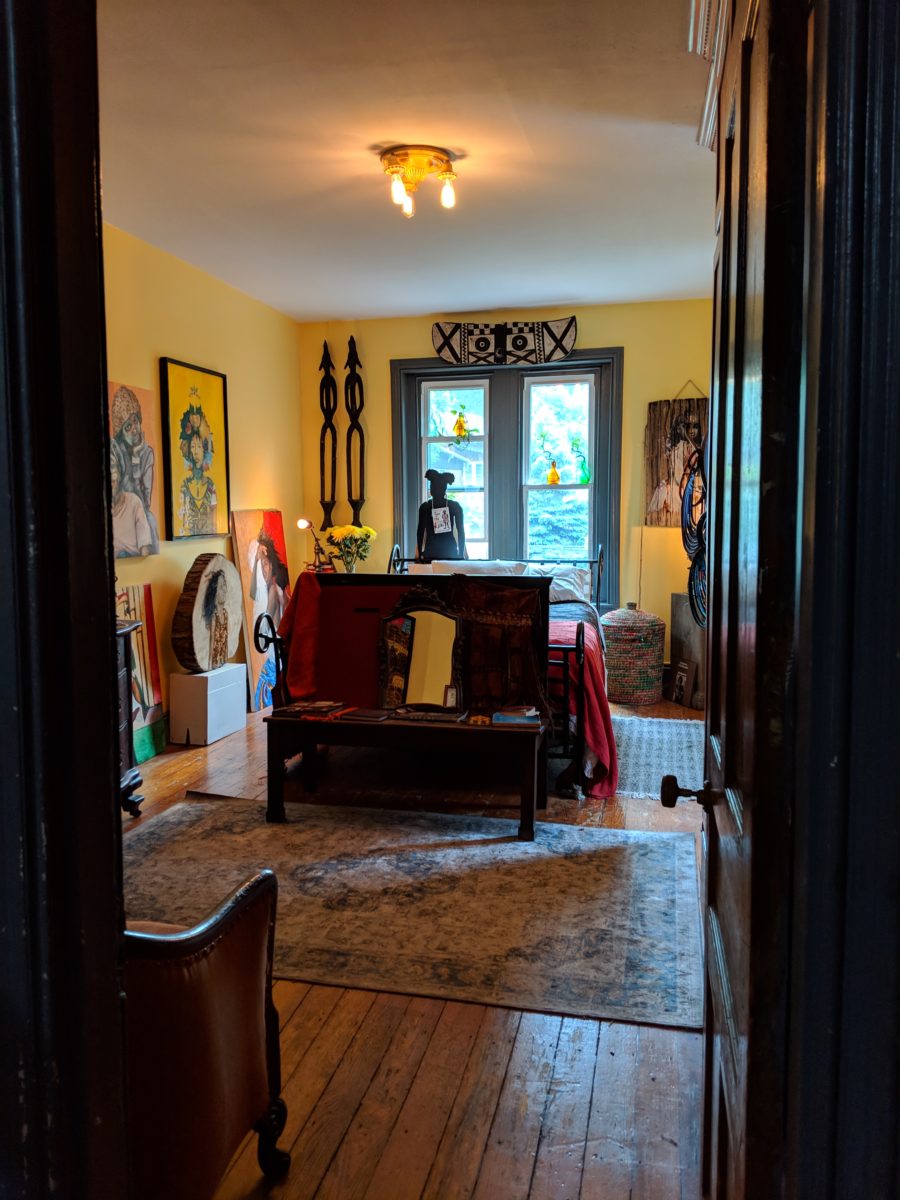


Comments are closed.